For all the talk of sport unifying in an unprecedented time of global crisis, here’s a note of caution.
The intrinsic ruthlessness of motorsport is never far from the surface and in the case of contractual interests related to drivers it’s the usual tooth and nail dogfight away from the shiny PR headlines.
In some cases, and at some teams, business security is a major concern at present, just as it is for those facing uncertain times in professional careers the world over.
Silly season on hold
Pre-COVID 19 Formula E had just entered its seventh silly season period but little has come to the surface just yet about the potential moves that might emerge from it.
Talks were being held about the 2020/21 season and beyond. It was interesting to note that the vast majority of driver management representatives were on site at the Marrakesh E-Prix at the end of February, all looking busy, some a little stressed.
They could not have known at the time that a situation would develop in the following weeks that would leave them unable to even hold meetings face to face with clients.
So the proverbial magnifying glasses out quickly came out to study long dormant force majeure clauses in signed contractual papers.
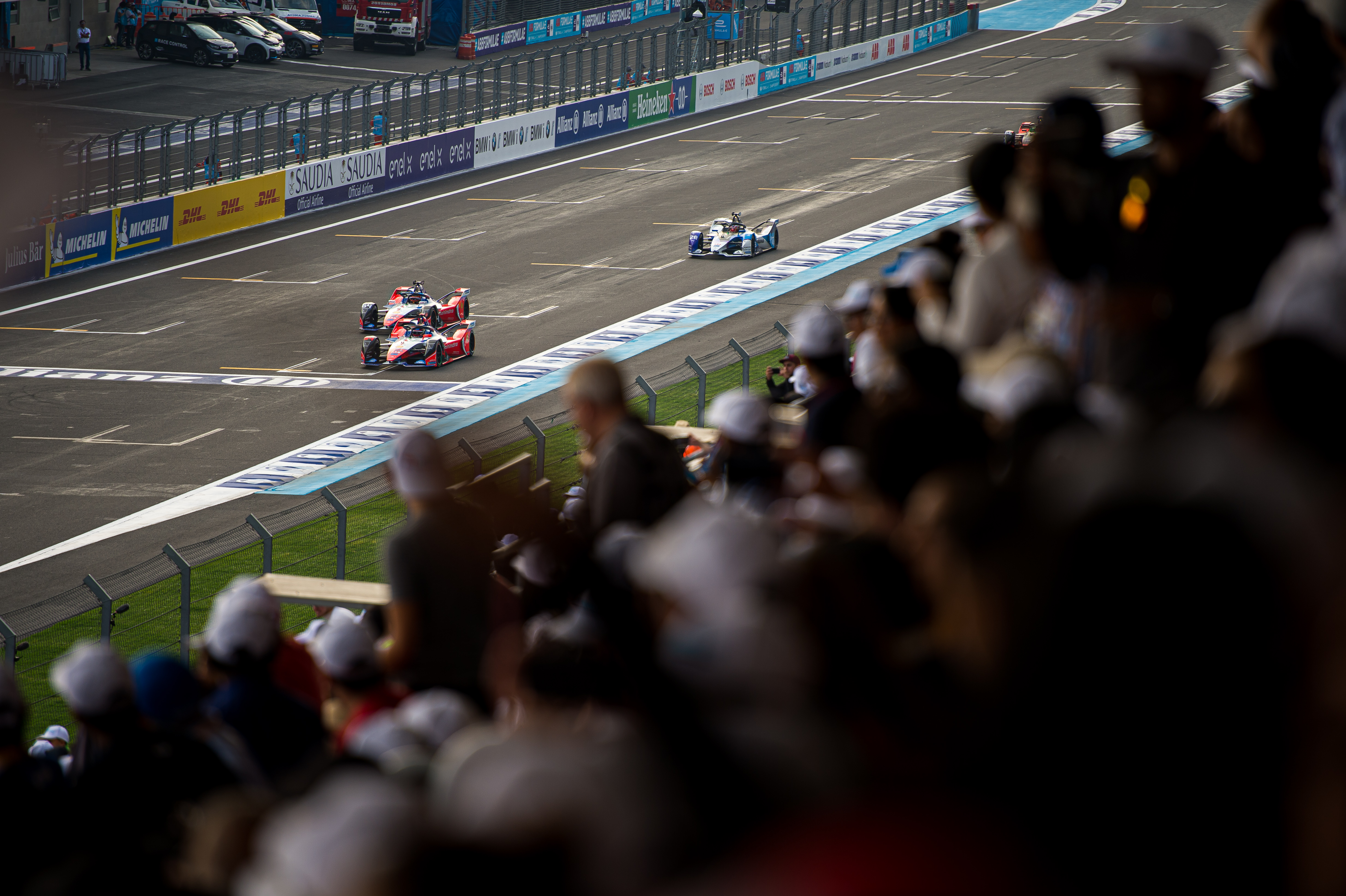
“Every driver contract is different,” one international motorsport driver representative told The Race recently.
“I had a look [at a contract] and funnily enough the interruption situation, force majeure, or whatever you want to call it, is usually different contract to contract.
“There is no standard clause, because every team has a different way of writing it and the driver represented has a different way of doing it too.”
Some contracts are believed to not have a force majeure provision at all, yet some are known to have one that covers epidemics or inability to travel but then don’t have a provision for stopping payments. In short, every driver’s contract is different.
One ex-Formula E driver showed The Race their contract and was surprised to note that there was actually no provision in it for cutting pay at all.
“I could have been really in the shit!” was their amused and relieved response.
Are drivers ‘working’?
At present it has to be remembered that some drivers are still working. Whether it be with engineers on simulation tools or just mulling over information from the first five races and then improving the cars during the shutdown to be in a state of readiness for when racing resumes, a degree of ‘normal’ Formula E activity continues.
The Race has also discovered that one team actually ran a private test in the last week of March, in the UK, during the lockdown. It is believed it used a bare minimum staff and respected social distancing at a remote airfield facility.
Then of course drivers are taking part in Formula E’s esports initiative – the Race at Home Challenge for UNICEF, which kicked off with a test event last weekend.
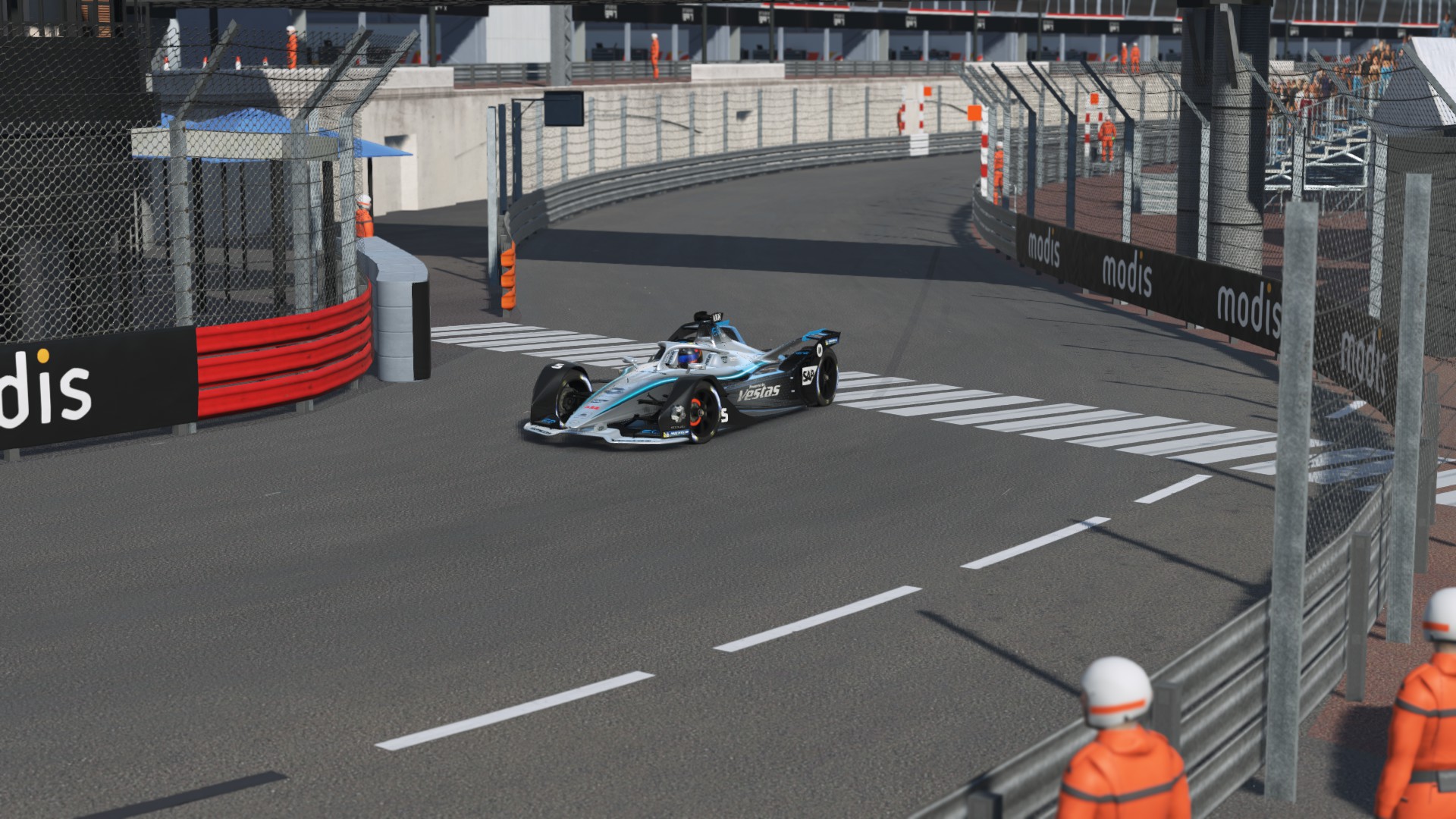
So, it is hard to say the drivers aren’t working – some are, some aren’t.
The teams and the championship itself are also still using their drivers’ image rights, posting on social media and other channels. While they may not be actually racing, drivers are still representing their employers and their series.
Rule changes move the goalposts
But with so much uncertainty over the resumption of Formula E’s 2019/20 season, when can and when will deals be done?
What we do know is that Formula E has put in place a provisional 2020/21 season start at Riyadh in mid-December in what is likely to be the first ever FE race under lights as it embraces what it hopes is a bright future as an official FIA world championship.
Taking this possible starting point, and the possibility that a small series of races to conclude the 2019/20 campaign may take place in August to the end of September, drivers and their managers will be using this current downtime to polish strategies and solidify futures.
Now mix into this the fact that some teams will have all-new powertrains for 2020/21 that will have to last through to the end of the 2021/22 season due to the new cost-cutting homologation rules.
A driver out of contract may find that ‘their’ team is not quite as open and ready to test with them as they had previously been used to given how long their new tech will be used.
That means there will continue to be a premium on existing Formula E drivers with experience and a long-term team relationship.
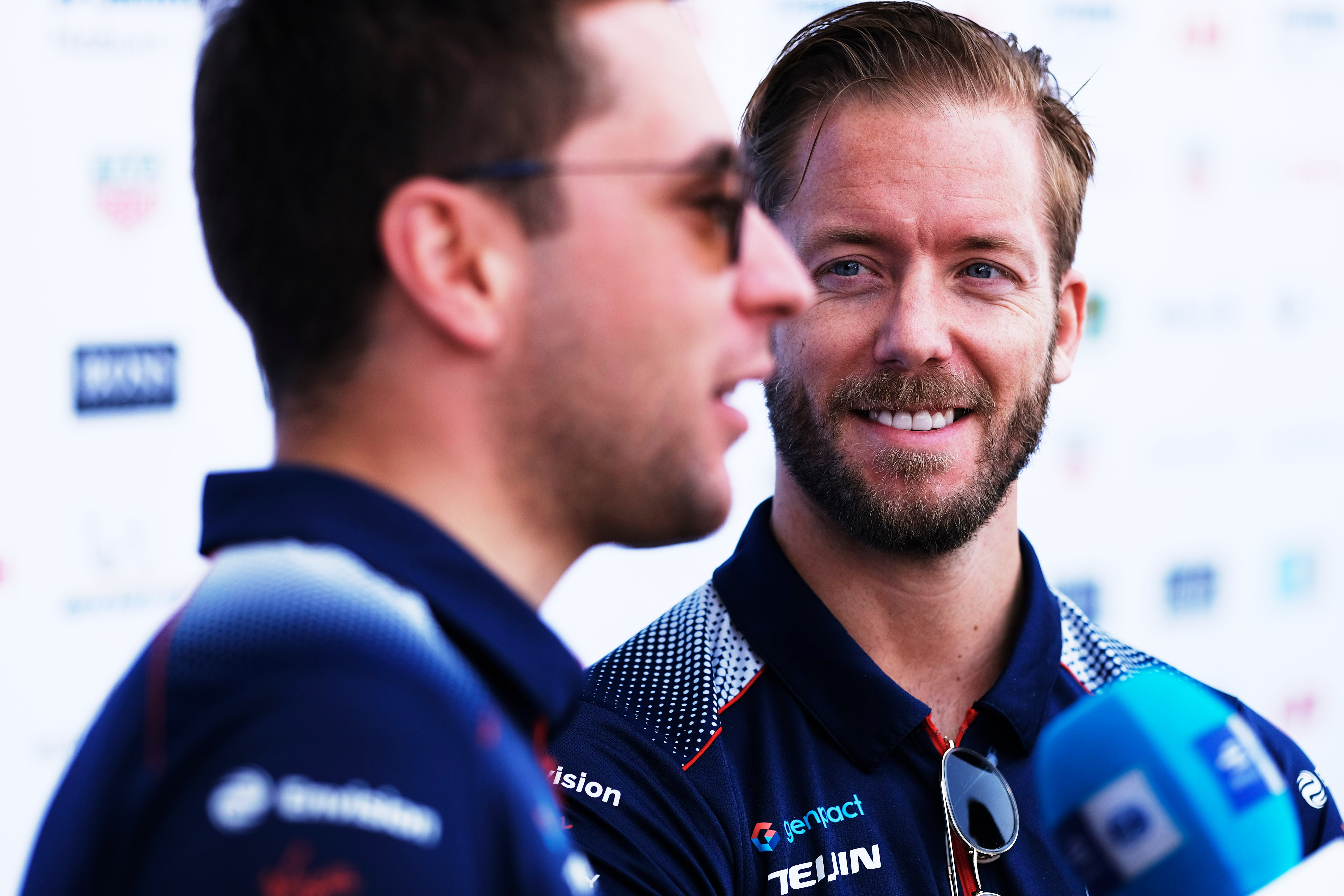
Drivers such as Sam Bird, Mitch Evans and Sebastien Buemi are well placed to stay at their respective teams Envision Virgin, Jaguar and Nissan e.dams, and ditto DS Techeetah’s star pairing of Jean-Eric Vergne and Antonio Felix da Costa. Reigning champion Vergne signed an extension last November and current points leader da Costa is on a three-year agreement.
The Race understands that Evans will go into a second year of his fresh deal he signed last summer with Jaguar, while Robin Frijns is in a similar situation at Envision Virgin.
But less clear are Lucas di Grassi, Jerome d’Ambrosio and Oliver Rowland’s futures at Audi, Mahindra and Nissan respectively.
The experienced drivers are still going to make a consistent difference in this series, because Formula E works to a one day format and “there’s a premium on not hitting the wall at quarter past seven on a Saturday morning, which puts the team on the back foot for the rest of the day”, as our driver manager source puts it.
Being a Formula E frontrunner requires racecraft and nous with techniques, such as how to run and manage finite energy and master the complex braking systems.
So amid the current disruption it is hard to rationalise quite why any team would experiment too much with drivers they know nothing about.
As a result there may be less change in the driver market than there might have been, simply because there’s less time to test for the 2020/21 season and you don’t want new drivers trying to get up to speed in that short period of time.
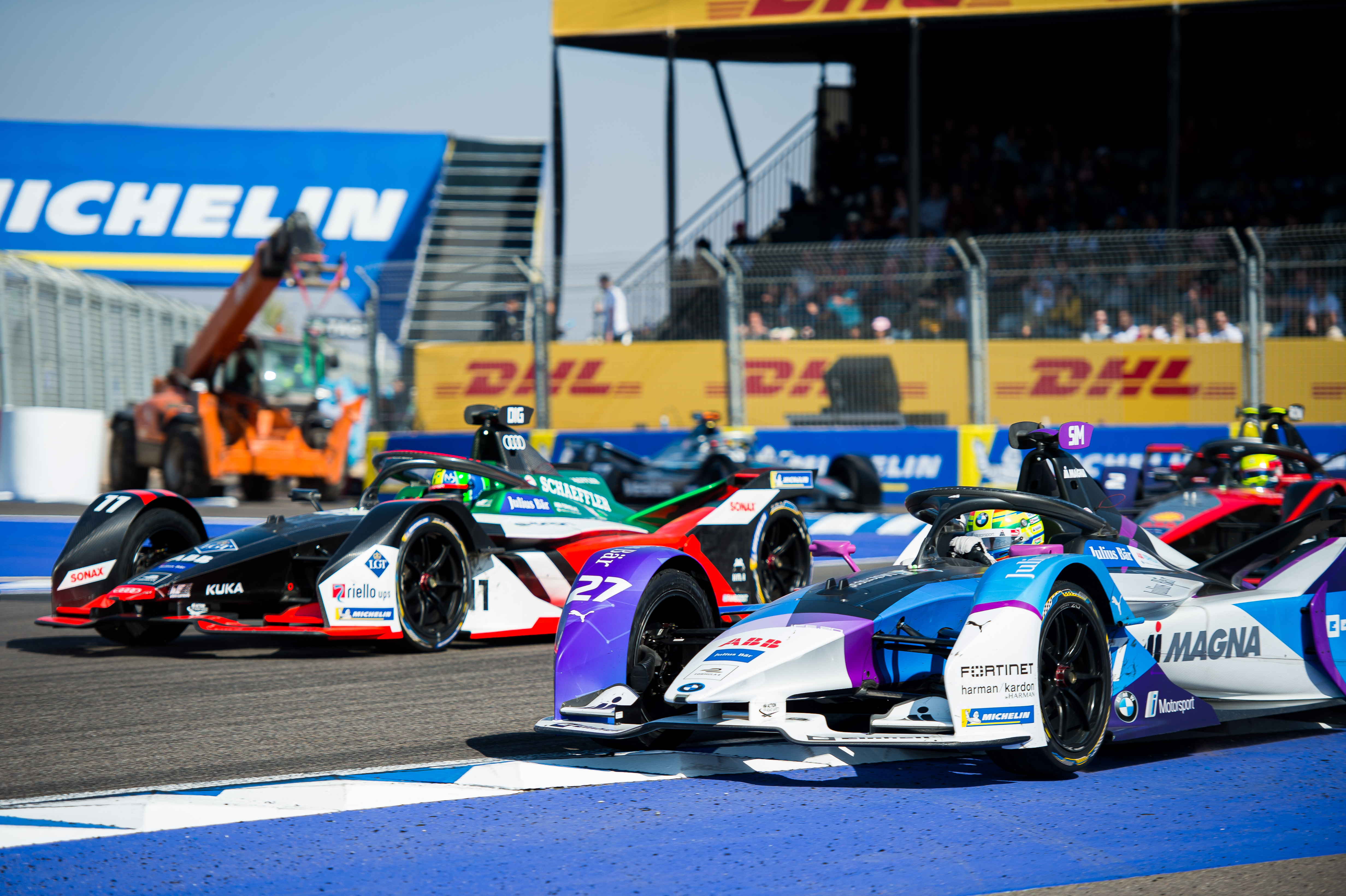
Teams may also decide that if they can’t win in the current season, whatever form that will take, then they can recalibrate for 2020/21 and run some experimental non-powertrain parts on race weekends as they don’t have enough testing time.
The manufacturers now have 13 testing days, but even that amount could be difficult to run effectively should there be only a seven or eight week window between seasons.
Therefore teams that are running, for example, fourth or below in the standings, and with little expectation of finishing in the top three, could decide to focus on development prep for 2020/21. If they do that, competing with drivers that are not going to race with them in the future doesn’t make sense.
Will all the teams stay in Formula E?
In addition to this, there’s the question of whether manufacturers will be forced to make cuts to their budgets for next season.
The reality is that most of that capital is already allocated and some of it already spent on next season’s powertrains.
Beyond that, with factories shut down and projected car sales having dropped through the floor, it will take a brave motorsport boss to knock on the boardroom door and ask for more money.
Even a consolidation of what is being spent on average in Formula E – an approximate average of €30-40million – might be beyond the pale.
At a recent Formula E Sporting Working Group one major manufacturer made precisely this point, articulating something along the lines of ‘motorsport is not even on the board’s radar in terms of priorities right now’.
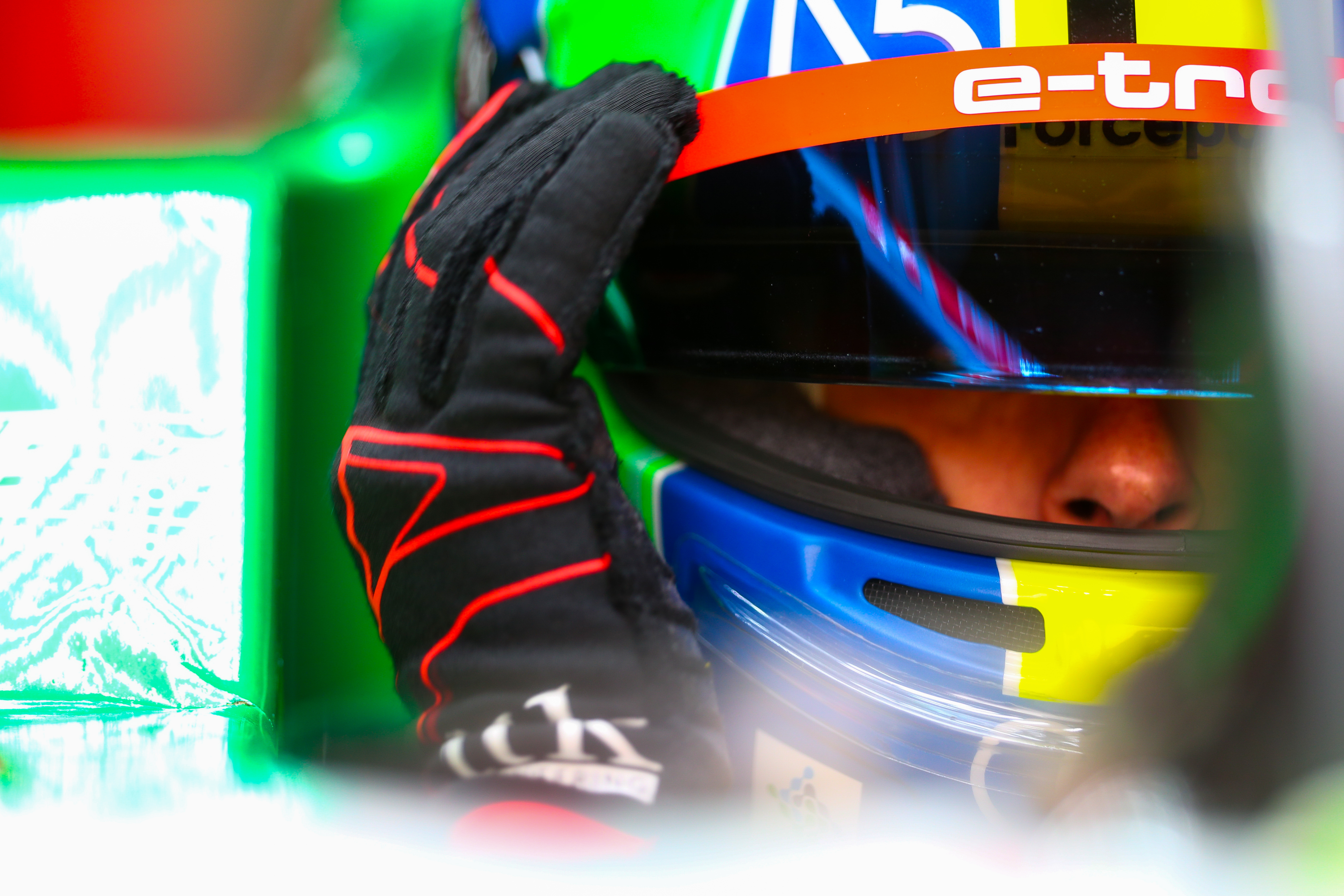
But if you are in the business of going electric, as most global manufacturers now are, then in the words of di Grassi “accelerating EV mobility is vital in a post-crisis world”.
He adds: “The total subsidy or correspondent taxation for the industry must take into account the total benefit it would cause for society to accelerate the transition.
“Electric cars and vans, especially in cities, must be the norm in a post COVID-19 world.”
Those cars still have to be promoted and the whole model of Formula E is to promote electrification. It’s hard to sell cars in a competitive marketplace if you don’t promote them.
For those reasons in particular, Formula E should ride out the current storm. But the driver managers and the star racers themselves probably have a few sleepless nights to come.








